Ancestral Puebloan Culture: A Comprehensive Overview
The Ancestral Puebloan culture, also known as Anasazi, flourished in the southwestern United States long before Europeans arrived in the Americas. Their legacy includes stunning architectural achievements and a unique adaptation to the environment. This article explores various aspects of their societies, cultural practices, and influences.
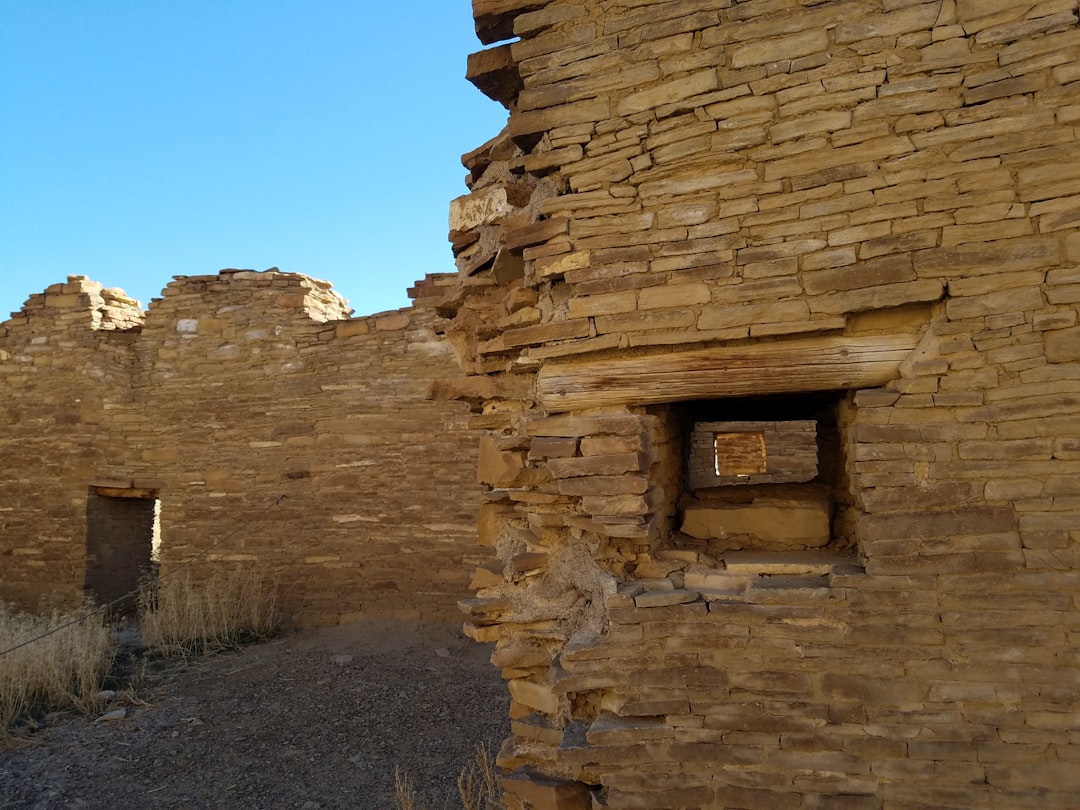
Origins and Historical Significance
The origins of the Ancestral Puebloan people can be traced back to around 1200 BC. They are believed to be the ancestors of modern Pueblo Indians. The name “Anasazi” is often used in reference to these people, although it has fallen out of favor due to its translation meaning “ancient enemies.” For more information on their early history, explore this comprehensive resource by the National Park Service.
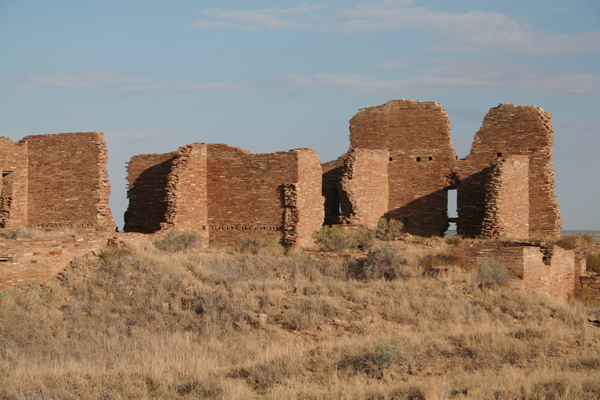
Architecture and Innovation
One of the most remarkable aspects of the Ancestral Puebloans is their architecture. They are renowned for their cliff dwellings and multi-story buildings constructed from stone and adobe. This period saw significant architectural innovation, as detailed in this insightful Berkeley resource, highlighting how their architectural prowess allowed them to adapt to their harsh surroundings effectively.
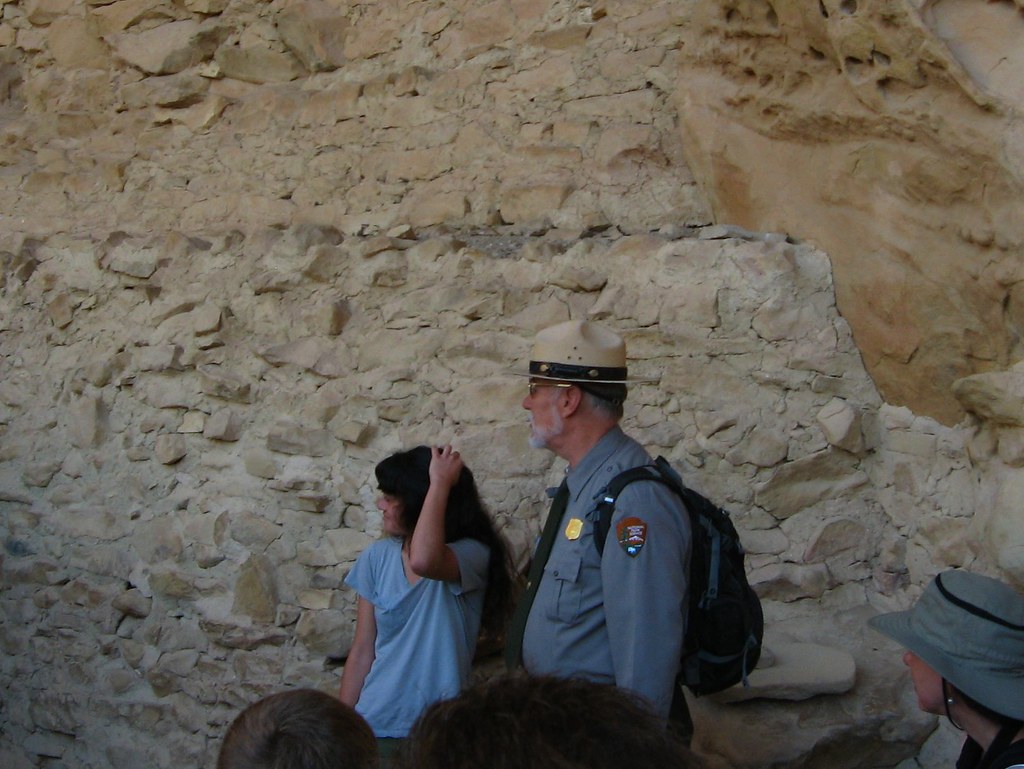
Cultural Practices and Societal Structure
The Ancestral Puebloans developed complex societal structures with religious and political systems deeply interwoven into their culture. A deeper look into these practices can be found in research provided by the Peabody Museum, which discusses their ceremonies and community life.
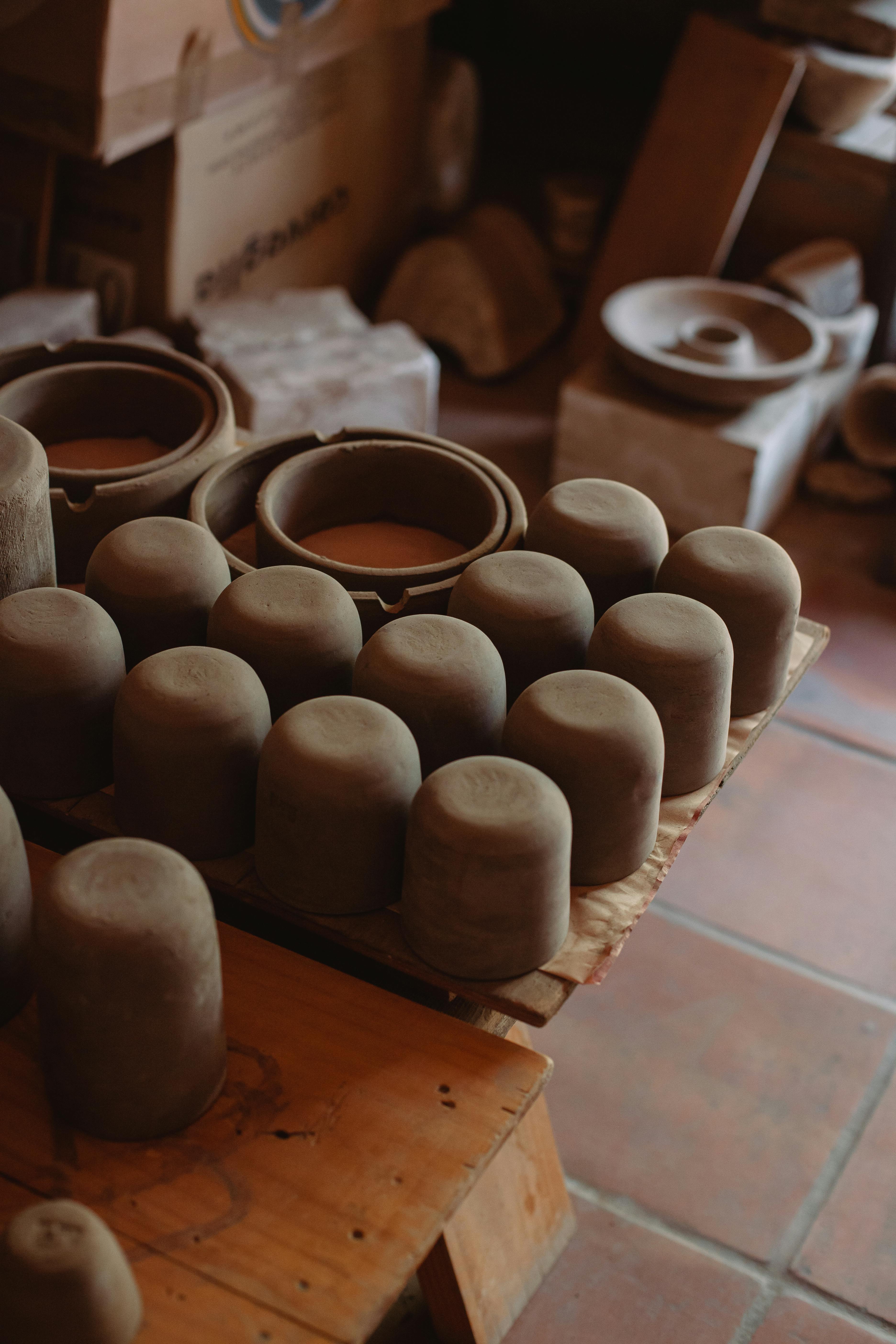
Agriculture and Adaptation
Despite the arid environment, the Ancestral Puebloans were adept at farming, cultivating crops like corn, beans, and squash. Their ability to adapt agricultural practices to their environment is a testament to their ingenuity. Additionally, insights into how volcanic eruptions aided their agricultural advancement are discussed in research from Harvard.
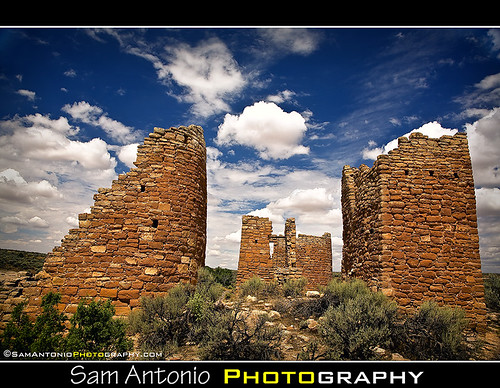
Archaeological Studies and Discoveries
Archaeological excavations have provided valuable knowledge about the daily lives, trade practices, and eventual migration patterns of the Ancestral Puebloans. Significant contributions to this field are presented in a thesis from UNLV, which examines various findings from excavation sites.
Current Understanding and Further Research
Ongoing research continues to enhance our understanding of the Ancestral Puebloan culture. Current studies highlight their migration patterns, societal changes, and eventual shift from the dwellings they constructed. For a nuanced exploration of these topics, including recent articles and studies, visit our recent blog posts.
The story of the Ancestral Puebloans is one of adaptation, innovation, and endurance, leaving a rich legacy that continues to capture the interest of historians, archaeologists, and the public alike.
Ancestral Puebloan Pueblo Pottery by Art History 101
Ancestral Puebloan pottery offers a fascinating glimpse into the rich cultural and artistic traditions of the Ancestral Pueblo peoples, who dwelled in the region where modern-day Arizona, New Mexico, Colorado, and Utah intersect. These intricate and detailed creations are further explored in the YouTube video “Ancestral Puebloan Pueblo Pottery” by Art History 101, which provides a brief explanation of their historical significance and craftsmanship.
Were the Ancestral Puebloans skilled at making pottery?
Absolutely. The Ancestral Puebloans are celebrated for their Black-on-White pottery, a striking combination of natural white clay and plant-based or mineral-based black paint. Common paint sources included boiled plants (like beeweed or tansy mustard) or iron-rich minerals such as hematite. In place of modern brushes, they used yucca-fiber brushes for fine detailing, demonstrating a remarkable harmony between nature’s resources and expert craftsmanship.
How can you identify traditional Pueblo pottery?
Authentic Pueblo pottery is recognizable by its hand-built technique rather than using a potter’s wheel. Artisans often rely on the coil-and-scrape method or carefully shape the pot by hand. After forming, the piece is smoothed with a polishing stone—often a smooth river rock—before being painted with slips made from vegetal, mineral, or commercial pigments. Each stage of this meticulous process reflects a deep cultural heritage.
Which Native American pottery styles are the most sought after?
Hohokam red-on-buff pottery is among the most coveted styles for collectors of Native American art. These pieces highlight intricate red figures against a buff-colored clay canvas. While the Hohokam people produced various designs, this red-on-buff style stands out for its bold contrast and enduring cultural significance.
As we reflect on the exquisite craftsmanship of Ancestral Puebloan pottery, it’s clear that these artifacts are more than just vessels—they are storytellers preserving the legacy of a vibrant culture. Each piece, with its unique patterns and forms, offers a window into the daily lives, beliefs, and artistic expressions of the Ancestral Pueblo peoples. By studying and appreciating these ceramics, we not only honor their heritage but also gain a deeper understanding of the rich tapestry that makes up our shared history.
Join Our Community for More Insights
If you've enjoyed diving into the world of Ancestral Puebloan pottery, I'd love for you to stay connected! Follow us on Instagram to explore more fascinating content, share your thoughts, and be part of our growing community passionate about history and art. Together, we can continue to uncover and celebrate the incredible stories behind these timeless treasures.
